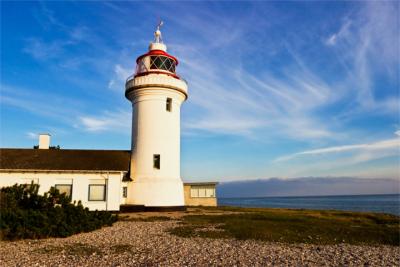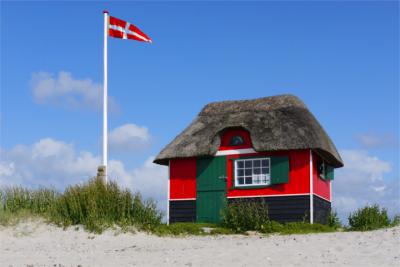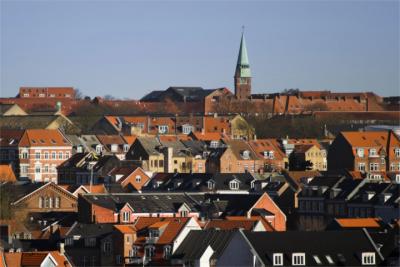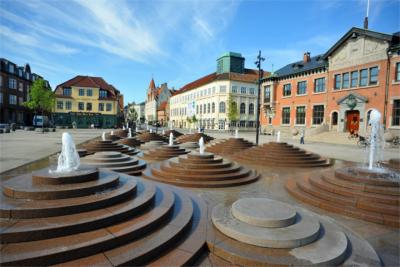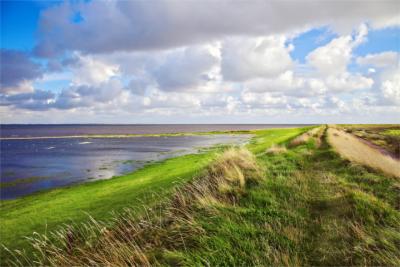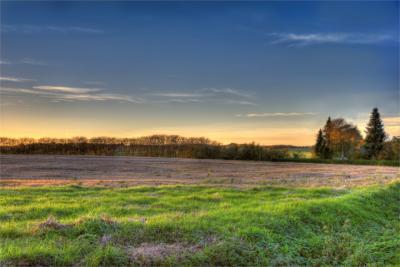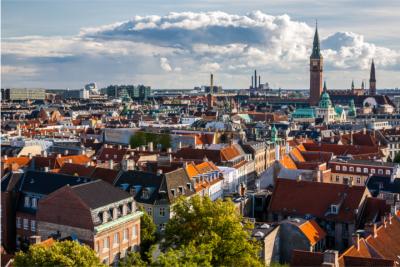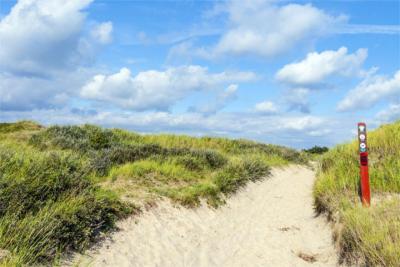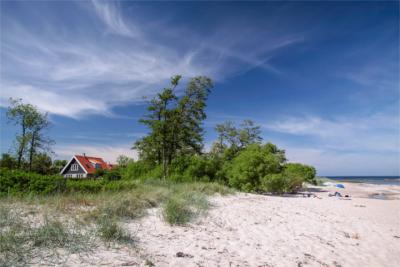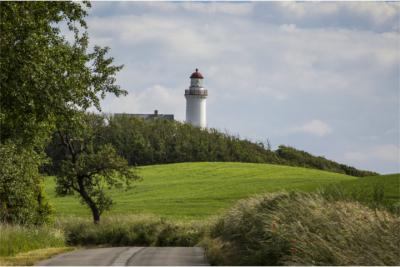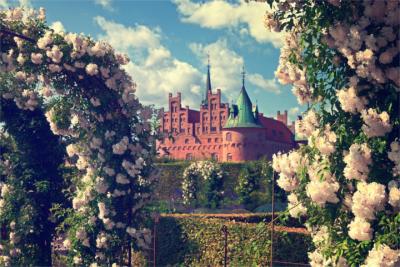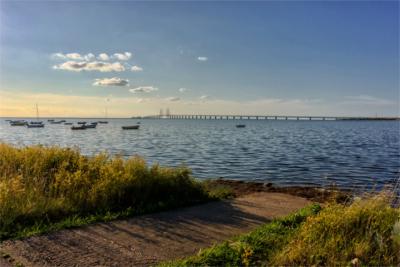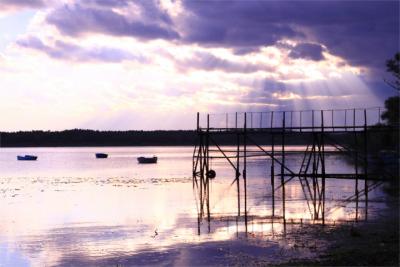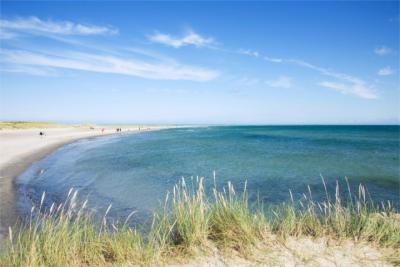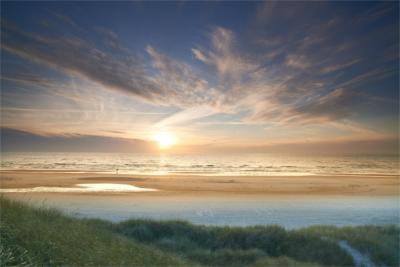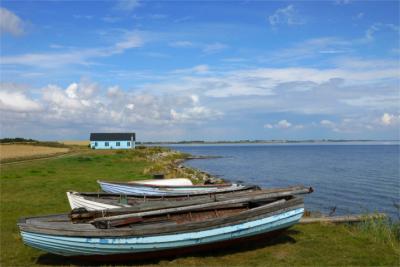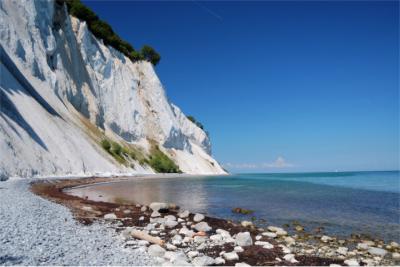Travel Offers
Travelmyne Featureprint
Distance
Copenhagen - Anything but Ordinary
Copenhagen may not seem to match up with metropolises like London and Paris at first sight but if you look more closely, you see that Denmark's capital is not inferior to those big cities. Fairy-tale castles, significant cultural monuments as well as varied shopping, party and leisure opportunities make Copenhagen an excellent destination for European city tourists.
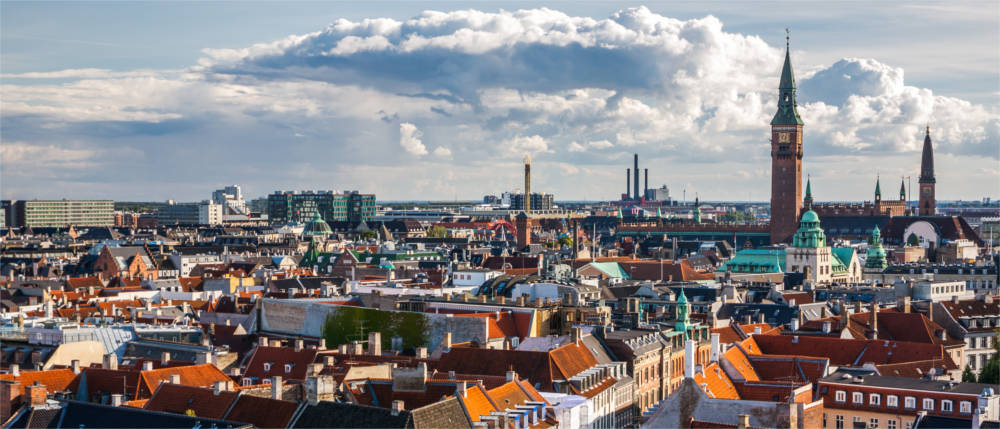
Geography - Denmark's cultural, economic and political centre
Copenhagen is the capital of Denmark as well as the country's cultural and economic centre. As the seat of the Danish parliament and the government, the residence of the royal family and the European capital of culture in 1996, it is also Denmark's political centre. The city's territory contains several islands, most of which are located at the east coast of the island of Zealand. Öresund, which is also known as "the Sound", separates the Danish capital from the city of Malmö in Sweden. Together with the Swedish city of Lund, they form the metropolitan area of Öresund, which has a population of about 3.5 million people. The weather in Copenhagen is dominated by temperate climate with a lot of precipitation throughout the year.
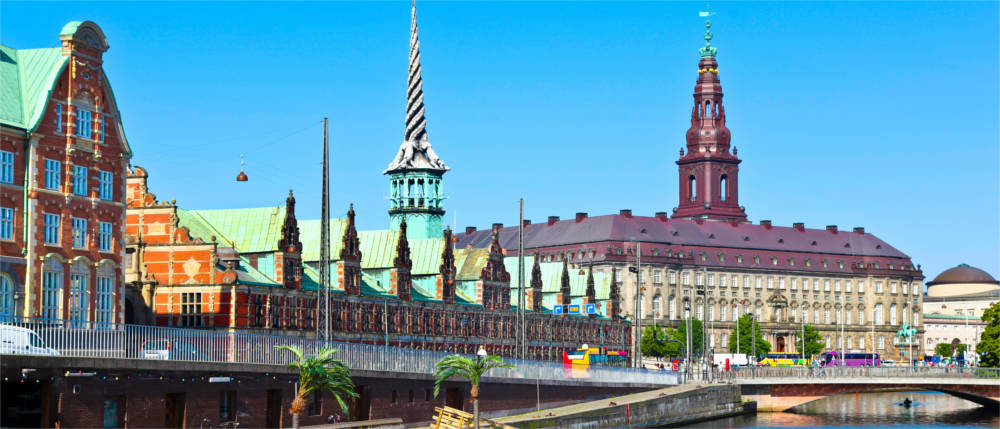
Culture - Køpmannæhafn
It all started with a castle and a small merchant settlement at the bank of the Öresund in the 12th century. This community was called "Køpmannæhafn" or "merchant's harbour". A lot has happened since then and the former small settlement has developed into the country's cultural and economic centre. At the former location of the Absalon's Castle, Copenhagen's first castle, you now see Christiansborg Palace, which has been the seat of the parliament since 1918. In front of it, you find Copenhagen's former stock exchange (Børsen), which is one of the city's landmarks with its tower of entwined dragon tails, which is 54 metres high. Another landmark is the statue of the Little Mermaid, which is famous in the whole of Europe. The delicate mythical creature was designed by the sculptor Edvard Eriksen at the beginning of 20th century and is a tribute to the Danish writer and storyteller Hans-Christian Andersen. Another scene you see on every city walk and postcard is the waterfront district of Nyhavn ("new harbour"). No tourist wants to miss out on Hans-Christian Andersen's former place of residence with its colourful gabled houses and traditional ships. Frederik's Church, the residence of the Danish Queen (Amalienborg Palace), the Danish National Library, the Rundetårn ("round tower") or Rosenborg Castle, where the Danish crown jewels are kept - the list of Copenhagen's sights seems endless. Denmark's capital may not have a distinct skyline or world-famous buildings like the Eiffel Tower but it does not need that because the harmonious cityscape with attractions at every corner is a sight by itself.
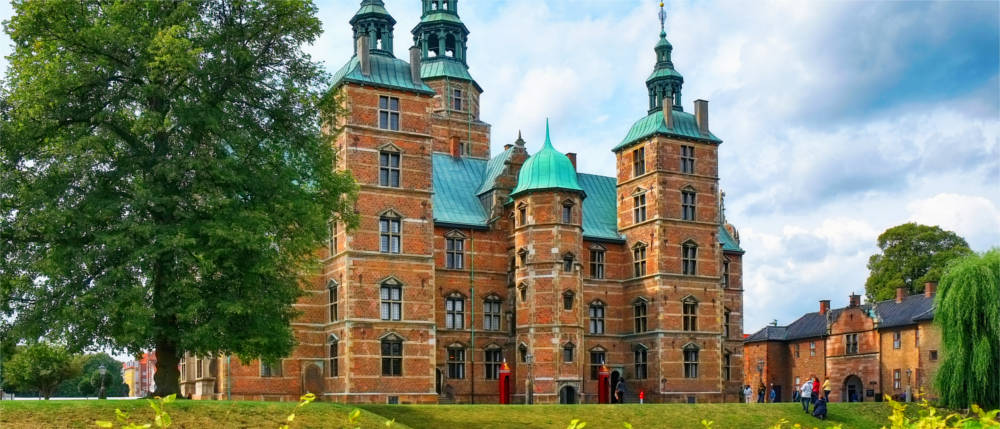
Experience - Leisure, shopping and party adventures
Wild roller coasters, gigantic gourmet temples and turbulent rock concerts - the Tivoli Leisure Park in the heart of the city is one of Copenhagen's main attractions and the second oldest amusement park in the world. The oldest one is located on the northern edge of the city. Dyrehavsbakken, short "Bakken", is in no way inferior to the Tivoli Leisure Park as it offers several roller coasters, giant wheels and drop towers, which delight young and grown-up visitors. Copenhagen Zoo, Denmark's oldest zoo and one of the oldest zoological gardens in Europe, is also worth a visit and a must for children. Besides over 3,500 animals and almost 240 species, it is the Zoo Tower (43.5 m) with its viewing platform which attracts countless visitors. Numerous shopping fans visit the pedestrian area Strøget in Copenhagen's city centre. This shopping mile, which is 1.1 kilometres long and therefore Europe's longest pedestrian area, accommodates countless shops from expensive designer clothes to common fashion brands. The right location for experiencing the vibrant nightlife and lively pub scene is the harbour district of Nyhavn. It is rather a party mile than a harbour and offers many restaurants, bars and discos. It is a popular meeting place with the locals and tourists, especially in summer.
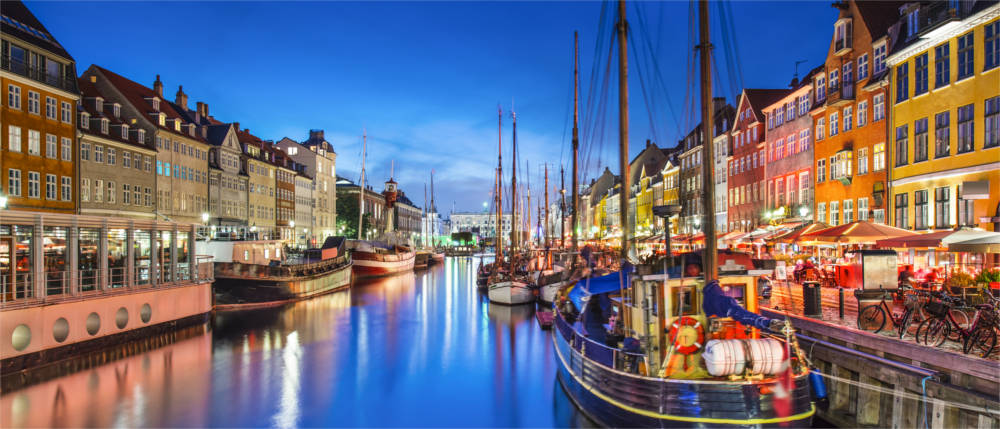
Activities - Ready, steady, go!
Copenhagen is full of cyclists. Bicycle traffic plays an important role for the local population in Denmark's capital and is only outranked by the Dutch capital of Amsterdam. Countless cycle lanes decorate the city's streets. Over 36 percent of the population go to work or uni by bike. People go 1.27 million kilometres by bike in Copenhagen every day. Therefore, it is a good idea for holidaymakers to explore the city by bike. Since 2013, you can use the bicycle hire system goBike, which is great for tourists, occasional cyclists and commuters.
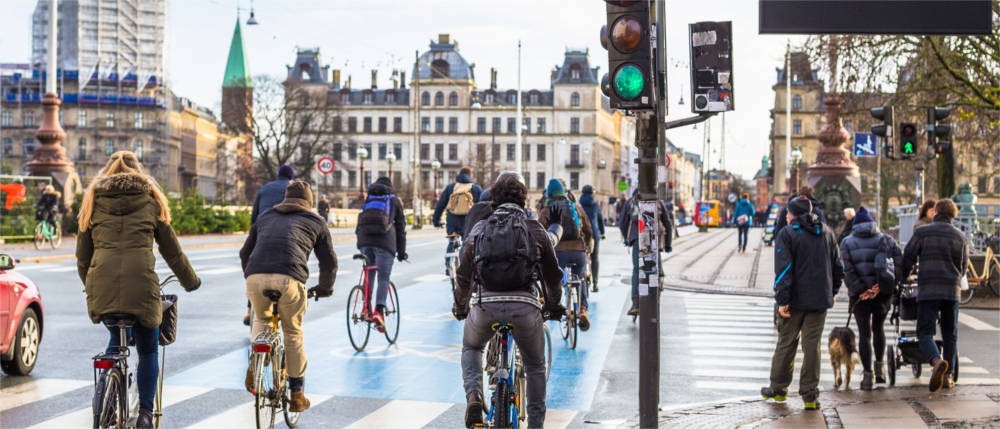
Information
The main tourist season in Copenhagen are the summer months of June, July and August. Spring and autumn, however, are popular as well. The international Copenhagen Airport is about 8 kilometres away from the city centre. Airlines from all over the world land here every day. Although you can also arrive by car, bus or train, most travellers do not even consider the alternatives because of the excellent flight connections.
Copenhagen is of great importance to the European city tourism. Cultural monuments such as the Little Mermaid fascinate thousands of tourists every year and the city's leisure facilities are impressive too. Adventure parks, long shopping streets and lively party districts promise a varied and unique city trip.

